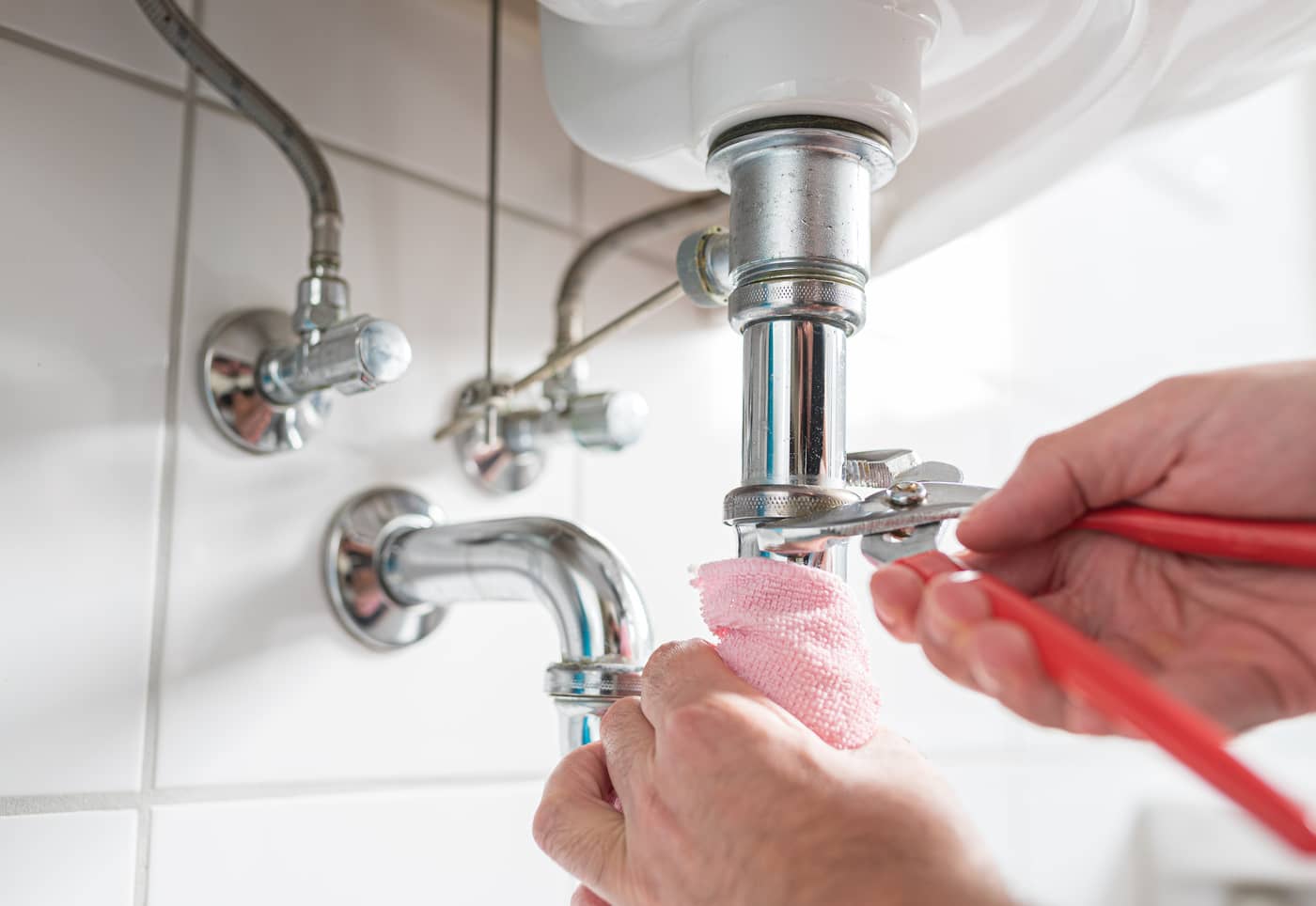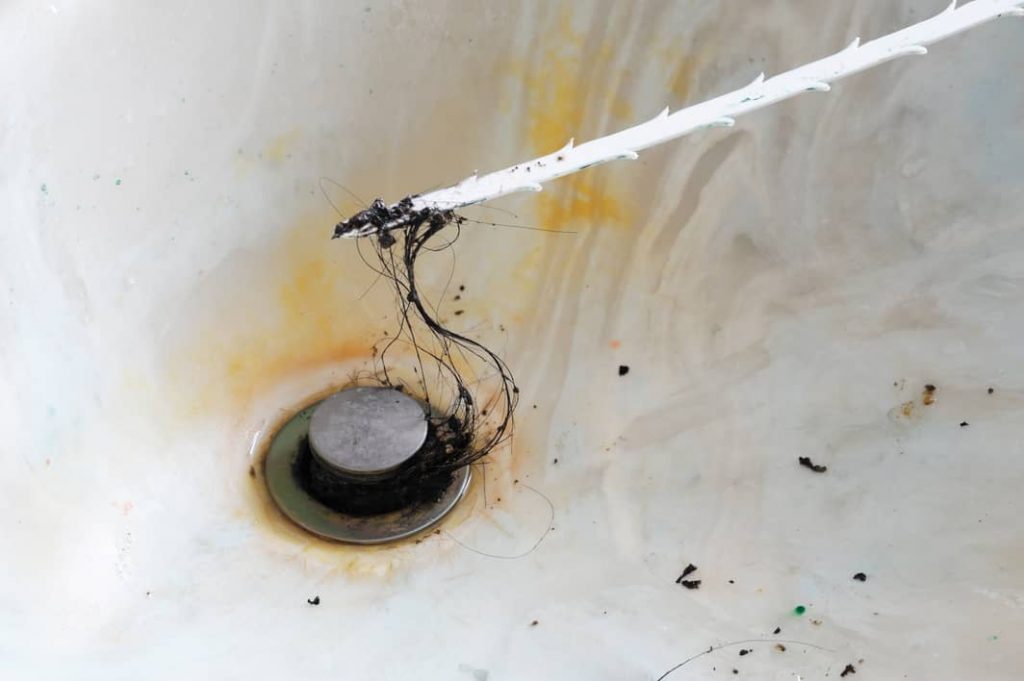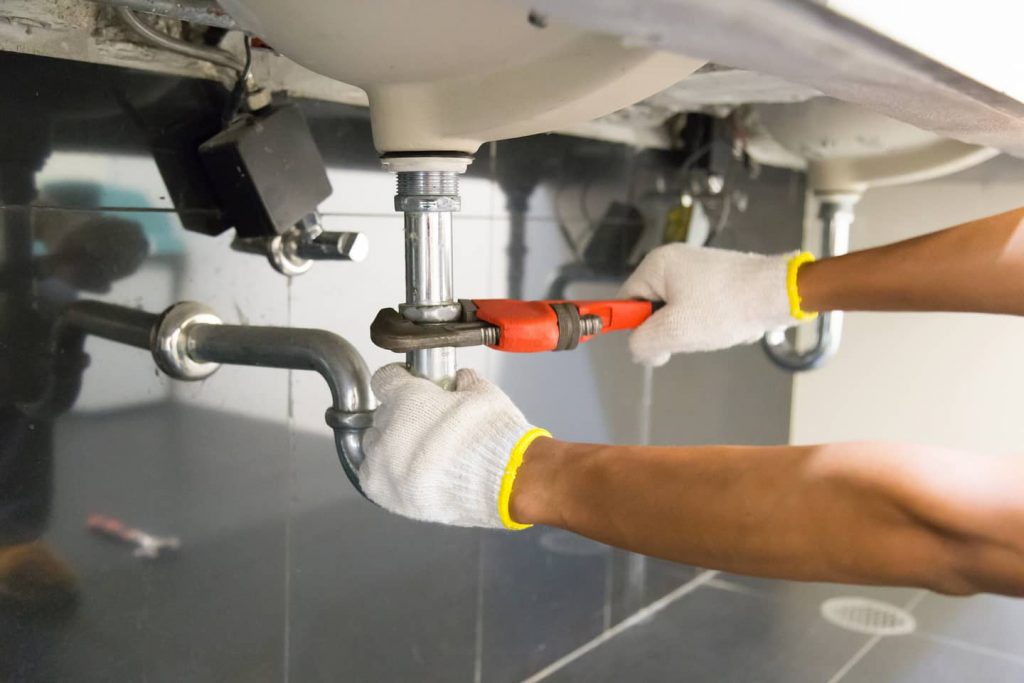
There are a lot of projects in your home that are required more regularly than what you might anticipate as a homeowner. Rarely do you stop to think about cleaning a drain or a clog in your sink. The thought behind that is simply, everything should drain down and go out through the plumbing. Well, what happens when a sink drain gets clogged? How to remove bathroom sink drain? There is a simple nine step process to remove your bathroom sink drain.
Let’s take a look below at what equipment might be needed and the steps to remove a bathroom sink drain.

Recommended Equipment
In order to see about unclogging your bathroom sink drain, you need to following tools before you attempt anything. Here is a list of what you will need.
- Wrench or pliers: only needed if the nut is tightened too tightly.
- Flashlight: only needed if your sink is normally dark underneath and you cannot see to work.
- Scrub brush: can be used to scrub the sink drain pipe and the sink stopper.
- Soap or cleaning product: typically used to clean the stopper and help remove the grime build up on your sink drain pipes.
- Vinegar: can be an alternative to soap or other cleaning product.
- Bucket: used as a catch basin for water left in your drain pipes as well as excessive materials found in the clogged sink drain pipe.
- Hair clog removal tool: this is a long plastic stick with a hook at the end. It also can be used to help push or pull any hair or gunk that builds up in the sink drain pipe out and into the bucket.
- Plumbers putty: used to seal any new connections between the sink and the drain itself.

What Are The Best Steps
Just like any project in your home, there is a step-by-step process for having success. Take a look at the steps needed to unclog your sink drain pipe and how to remove bathroom sink stopper for cleaning.
- Disconnect the stopper from the bottom of the sink and remove the stopper by hand.
- Begin removing all supplies that are stored underneath the sink.
- Identify the plunger rod and the metal spring clip attached to it. Remove the metal clip so that the rod and strip separate from each other.
- Unscrew the pivot nut from the drain pipe. Make sure you have a bucket underneath the pipes to catch any loose water or gunk.
- Remove the sink stopper. This is also a good time to clean the stopper with vinegar, soap, or laundry detergent.
- Using your hair removal tool push or pull the hair and gunk through the drain pipe.
- You can unscrew the drain pipe sections to ensure that you have removed all of the build up. Keep a bucket underneath at all times, as you will want to rinse the sink drain prior to putting everything back.
- Rinse the drain after removing all the gunk. Use hot water and whatever cleaning product suits your needs to clean the insides of the sink drain pipes.
- Once you have completed the hair and gunk removal and rinsed the pipes, it is now time to put the pipes back together.
- Once the main pipes are reconnected, you will drop the sink stopper into the sink drain hole. Screw the but back into the connecting side and tighten it in place. Reattach the rod to the strap with the metal clip that you removed at the beginning of this project.
- Check to make sure that the stopper is able to be pulled up and pushed down. If this happens then you have successfully returned the stopper to the rod.
- Be sure to clean up the sink and any other areas of messiness.
How Much Does It Cost
The interesting part of the cost to remove a bathroom sink drain is how cheap it ranges per drain. Note the labor charge and material differences. You are looking at a national average of $35 to $49 with labor and material replacement parts. However, just a removal of a sink drain averages $1.18 to $1.34 per drain.
Other Recommended Maintenance
While you are in the bathroom, take a look at the skylights. Are the skylights dirty? If yes, take some time to clean them. You can do this with rags, soap, water, and a telescoping pole.
Next, while removing the bathroom sink drain, you notice that the pipe is leaking. You will need to find out why this is happening, use an epoxy putty and a patch and clamp.
Head over to the kitchen and pay attention to the faucet. If it is loose, you will need to tighten the kitchen faucet. You can do this with a wrench and a flashlight and you may be able to do it yourself!
When Do I Call A Professional
Not understanding how to remove your bathroom sink drain can cause you bigger issues with flooding and potentially damage the plumbing altogether. There are gaskets and fittings that need to stay in good working condition in order for your sink to drain properly.
Calling a professionally licensed plumbing contractor allows you to save time and money on your plumbing projects. Additionally, they will get the job done quickly and correctly. Lastly, consider calling on your local home inspection team to get a thorough home inspection, which can include your plumbing.
Conclusion
If you aren’t really sure how to unclog the drain in your bathroom sink, or even how to clean the drain, you might want to contact a professionally licensed plumbing contractor. Also, the plumbing contractor can assist you by removing your bathroom sink drain and cleaning it properly. They would also know if any parts are worn and need replacing.
You should also consider contracting your local home inspection team to determine if you have other plumbing concerns. Consider the worn parts in your bathroom sink drain as a reminder that you need to maintain everything in your home. Call on Boggs Inspection Services to get a home inspection of your plumbing set up, completed in the Lacey, WA, and surrounding areas.



